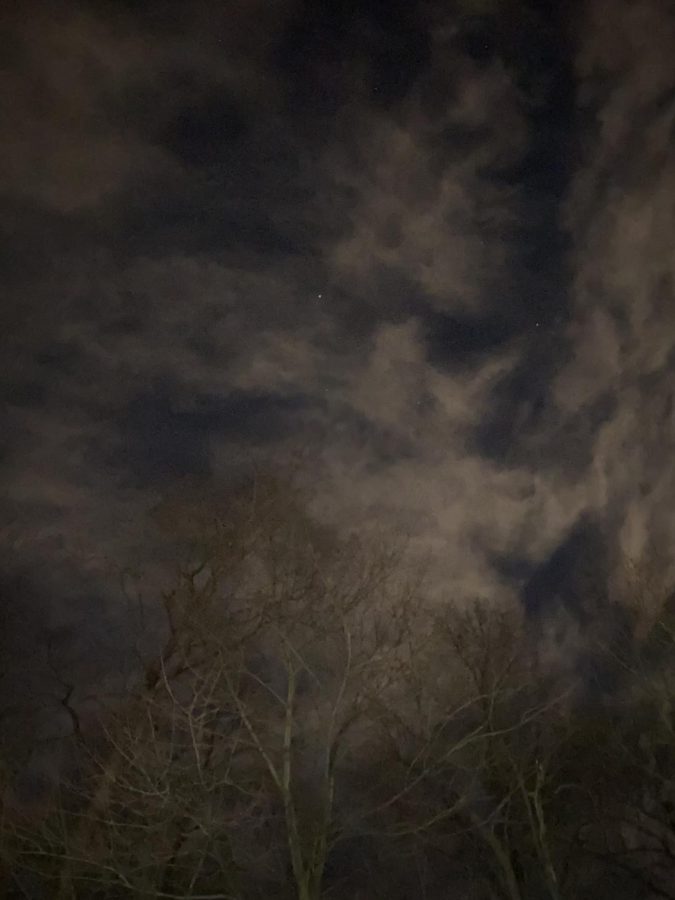Geminids Meteor Shower 2020
December 22, 2020
Every year on December 4th-20th, people look forward to looking up in the sky and seeing the bright Geminids.
The Geminids meteor shower features about 120 meteors per hour traveling about 22 miles per second, according to NASA.
Meteor showers happen when the Earth passes through a trail of debris left by a comet or asteroid, and as a result we see “shooting stars” stars in the sky.
“Meteors are sometimes observed with red, yellow, or green trails. The colors are caused by the ionization of molecules – like oxygen which appears to be green,” NASA said in their ten facts about Meteors.
Meteor showers have been around for centuries and it is not hard to miss them if you look up at the sky at their prime time on a clear night.
“Approximately 30 meteor showers occur each year that are visible to observers on Earth. Some of these showers have been around longer than 100 years,” NASA wrote in their ten facts about Meteors.
The best way to see the meteors is to go to a place where you have a clear view of the sky, no clouds, and away from city lights and traffic. The prime time to look up for them is midnight and dawn. It may take a while to see them, so it is important to be patient.
“I am so excited to try and see the meteor shower that is occurring tonight since I have never seen one before,” Lianna Isakhanian, a student at EHS, said.
Since local weather can affect the sightings, NASA and other sites post live streams of the showers so no one has to miss them.
Cameryn Saunders, a senior at EHS, states how she prefers to watch the meteors. “I think that I would rather tune into the live streams of the meteor shower. Although it would be a great experience to see in person, it would be much easier for me to watch online.”
Maybe the meteor shower will be a good ending for 2020 and be the perfect way to start off 2021.







